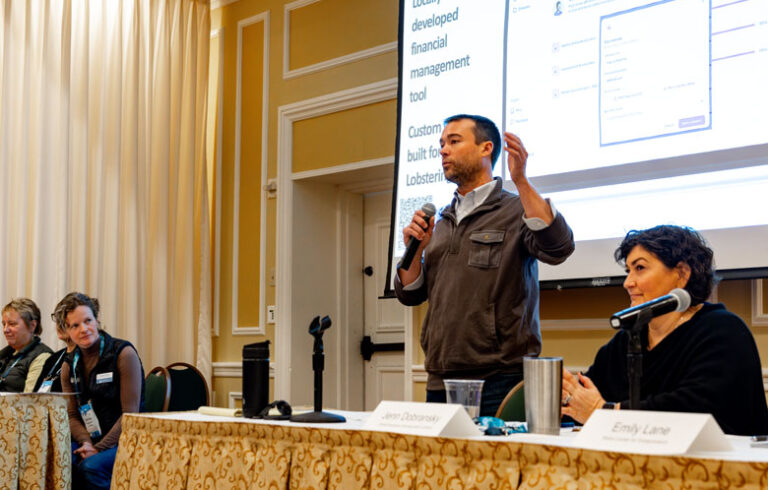In case there was any doubt, our August heat wave makes it clear that summer is in full swing. Summer means the beach, with all the weird sea creatures it has to offer.
Among these weirdos is the tropical sea cucumber, Holothuria leucospilota, which is mainly found in the Indian and Pacific oceans. As soft bodied, slow-moving animals, sea cucumbers seem pretty vulnerable, but they have a weapon up their sleeves.
Well, actually it’s up their butts—Holothuria leucospilota deter predators by ejecting a sticky web-like structure known as the cuvierian organ through its anus, trapping and often killing other animals with the gunk.
Holothuria leucospilota deter predators by ejecting a sticky web-like structure through its anus…
A paper published last year shows Holothuria leucospilota in action. A supplemental video shows a crab poking at a sea cucumber, thinking, perhaps, that it would like to make itself a summer seafood salad. Instead, the crab becomes ensnared in an opalescent net that emanates from the animal. A slow motion battle ensues, with the crab becoming more tangled with each move it makes.
After the sea cucumber exacts its revenge, it detaches from the cuvierian organ and slithers away. It takes a few weeks for the organ to regenerate, and then the sea cucumber is once again ready for war.
The cuvierian organ has been known to scientists since French zoologist Georges Cuvier described it in 1831, but the recent study, published by researchers at the Chinese Academy of Sciences and their colleagues, dug into questions like, what is the cuvierian organ made of and what triggers its release?
The cuvierian organ is partly made of protein tangles called amyloid aggregates, similar to those associated with the human diseases Alzheimer’s and Parkinson’s, the researchers learned.
Although amyloid aggregates are best known for the pathology they can cause, some have benefits. For example, amyloid aggregates help bacteria stick to each other and survive rough conditions. The cuvierian organ seems to fall into this beneficial category.
Despite its similarity to spider silk, the structure of the cuvierian organ is very different. Many researchers aspire to create super strong synthetic substances based on biological material, and sea cucumbers could provide new inspiration.
Figuring out what causes the cuvierian organ to be expelled required some poking and prodding. When the researchers squeezed sea cucumbers at various points along their lengths, the posterior region was most likely to cause the sticky web to shoot out. The manuscript doesn’t say what the researchers used to squeeze—their hands? Or perhaps some kind of sea cucumber lasso? I can only imagine they hired some eager undergraduate students to do the honors.
As for how pressure causes release of the cuvierian organ, researchers only have the basic outline. Pressure seems to cause the sea cucumber to release a chemical called acetylcholine, which transmits signals through the nervous systems of many animals.
Acetylcholine opens channels on the surfaces of the cells that make up to cuvierian organ, causing calcium—a prevalent substance in the outside environment—to flood in. Somehow (the details aren’t yet clear), it seems that this calcium causes the cuvierian organ to be released.
So if you run into a sea cucumber in the wild, maybe hold off on giving it a hug. You just might end up in a pickle.
Saima Sidik is a freelance science journalist who grew up in Lincolnville and currently lives in Somerville, Mass. To follow her writing, subscribe to her newsletter at saimamay.com/newsletter.





